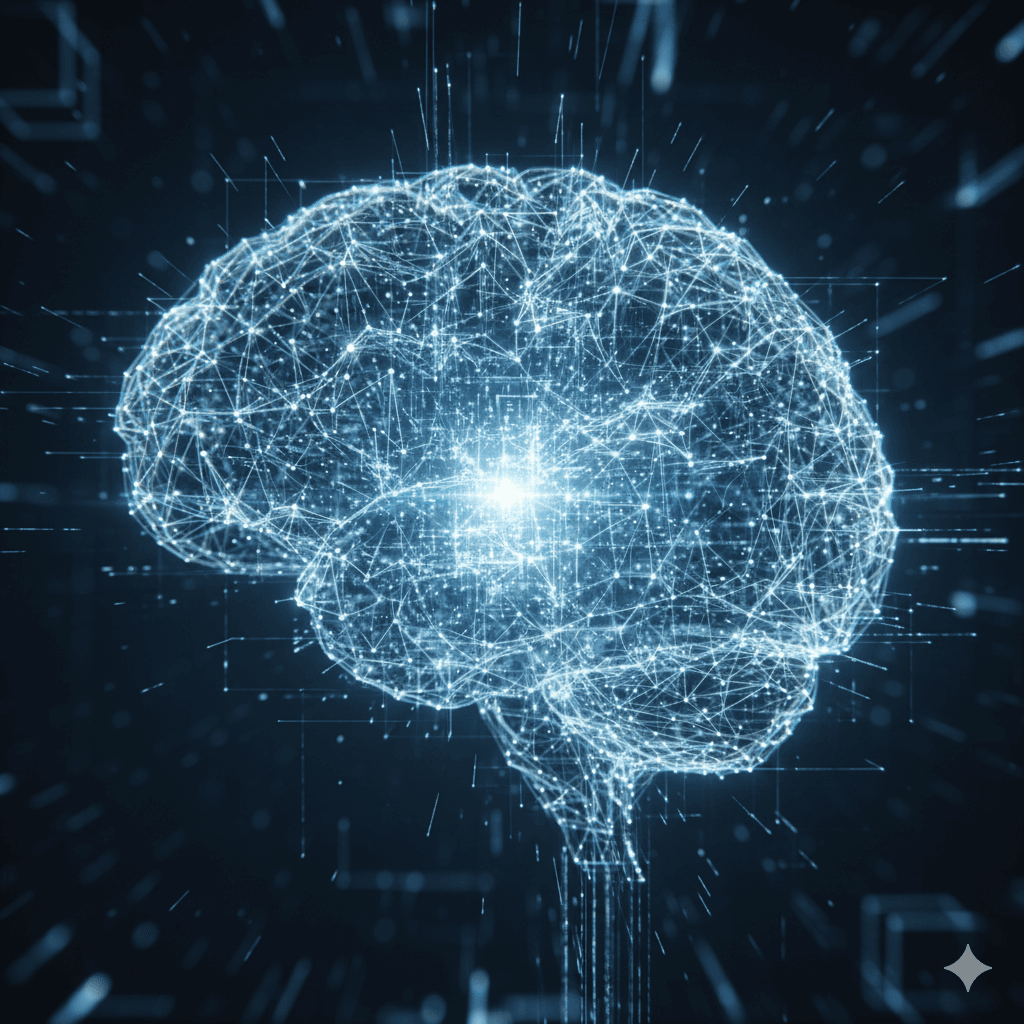How AI Learns to Think While Answering

Introduction
When you ask ChatGPT or Claude a question, it seems like the answer appears instantly.
But behind that speed lies a complex process of “thinking” — millions of calculations, logical chains, and pattern learning from enormous datasets.
🤔 How exactly does AI learn to reason, make decisions, and explain its answers?
Table of Contents
- How AI Thinking Works
- What Happens Inside While It Answers
- How AI Learns to Reason
- Why AI Makes Mistakes
- The Rise of the “Inner Monologue”
- What’s Next: Self-Reflective AI
- Conclusion
How AI Thinking Works
🧩 Neural networks don’t think like humans.
They analyze data, create probabilistic links, and predict the next word, symbol, or action. It’s like guessing how a sentence ends — but AI does that billions of times per second.
“Intelligence is the ability to adapt to change.” — Stephen Hawking
📘 Example:
When you type “How does AI learn…”, the model instantly evaluates the context, previous dialogue, and hundreds of possible continuations, choosing the most logical one — like “…to think while answering.”
What Happens Inside While It Answers
💡 The Transformer architecture (used in ChatGPT, Gemini, Claude, Mistral, etc.) breaks your input into tokens — tiny fragments of words.
Each token passes through hundreds of attention layers that determine which parts of the sentence matter most.
📊 Simplified view:
|
Stage |
What AI Does |
Human Equivalent |
|
1. Input analysis |
Breaks text into semantic pieces |
Careful reading |
|
2. Context |
Evaluates meaning of previous tokens |
Logical memory |
|
3. Generation |
Predicts the next word |
Formulating a thought |
|
4. Consistency check |
Compares to internal patterns |
Self-checking speech |
How AI Learns to Reason
🧠 Modern models are trained on chain-of-thought reasoning — step-by-step logic building. Instead of giving an instant reply, AI evaluates options, tests hypotheses, and weighs probabilities.
📍Example:
Question: “If Peter has three apples and gives one away, how many are left?”
AI’s internal steps:
- Peter had 3 apples.
- He gave away 1.
- 3 − 1 = 2.
Then it outputs: “Two apples.”
Why AI Makes Mistakes
⚠️ AI doesn’t “understand” the world — it models it.
Mistakes appear when the model misinterprets context, relies on outdated data, or encounters ambiguous questions.
🧩 Errors are part of learning.
Every failure helps developers fine-tune weights and reasoning patterns to make future models smarter.
The Rise of the “Inner Monologue”
💭 New-generation models (like GPT-5 and DeepSeek R1) feature an internal reasoning process hidden from the user — a kind of invisible draft space where the AI forms and tests ideas before speaking.
📘 This brings AI closer to human-like thinking — an internal dialogue guiding its responses.
What’s Next: Self-Reflective AI
🔮 The next frontier is self-reflective AI — systems capable of evaluating their own reasoning and adjusting it in real time.
Such models will not only generate answers but also question their accuracy and style.
📖 Today, researchers from DeepMind, OpenAI, and Anthropic are already building systems where AI reviews and improves its own outputs — literally “thinking about how it thinks.”
Conclusion
AI doesn’t just repeat information — it learns to think, to verify, and to draw conclusions. The more data, feedback, and reasoning examples it gets, the closer it becomes to genuine understanding.
🚀 Try this: ask an AI not just for an answer — but how it arrived at it.
Sometimes the explanation is even smarter than the result itself.
📎 Also on AIMarketWave.com:
- What is Artificial Intelligence: A Complete Beginner’s Guide
- How AI Works: Training, Data, and Mistakes
- Types of Artificial Intelligence and What Is Generative AI?
